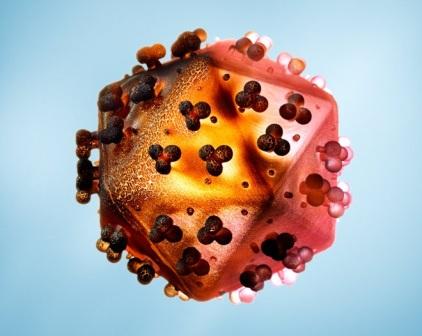A Houston woman infected her girlfriend with the AIDS virus in a rare instance of transmission through woman-to-woman sex, doctors reported Thursday.
They said it’s very difficult to prove that a woman has infected another during sex — and very unlikely — but in this case sex that caused injury was the likely culprit. The case underscores the need for everyone with HIV to get treated, even if they don’t believe they are likely to infect someone else.
“One of the important messages is that this remains a rare route of transmission, but it’s still possible,” says Amy Lansky, who helped direct the center for HIV surveillance at the Centers for Disease Control and Prevention.
The case came to light when the newly infected woman tried to donate blood. She sold plasma to supplement her income, according to Shirley Chan of the Houston Department of Health and Human Services and colleagues, who detailed the case in the CDC’s weekly health report.
“The woman who acquired HIV was aged 46 years and had a history of heterosexual intercourse, but not in the 10 years before HIV infection,” the researchers wrote.
“She reported three female sexual partners in the preceding five years but said she had no injected drug use, receipt of tattoos, acupuncture, transfusions, transplants, or any other recognized HIV risk behavior.”
She did, however, have a 43-year-old girlfriend with HIV who had stopped treatment. Tests showed the two were infected with genetically near-identical virus and researchers suspected that rough sex might have drawn blood.
The human immunodeficiency virus that causes AIDS is transmitted in blood, semen and breast milk. People who share needles can infect one another but sex is the main route. In the United States it’s usually male to male sex while in Africa it’s usually men infecting women.
There’s no cure and no vaccine for HIV but drug treatment can keep it under control and help keep people from infecting their sex partners. A lesbian might not see the risk, but it’s there, the researchers warned.
“The potential for HIV transmission by female-to-female sexual contact includes unprotected exposure to vaginal or other body fluids and to blood from menstruation, or to exposure to blood from trauma during rough sex,” they wrote.
It’s also often the case that people fall in and out of treatment, Lansky said. About half of people drop out of care at some point, statistics show, and only a quarter of Americans infected are taking drugs regularly enough to keep their infections under control.
via@NBC




Leave a Reply